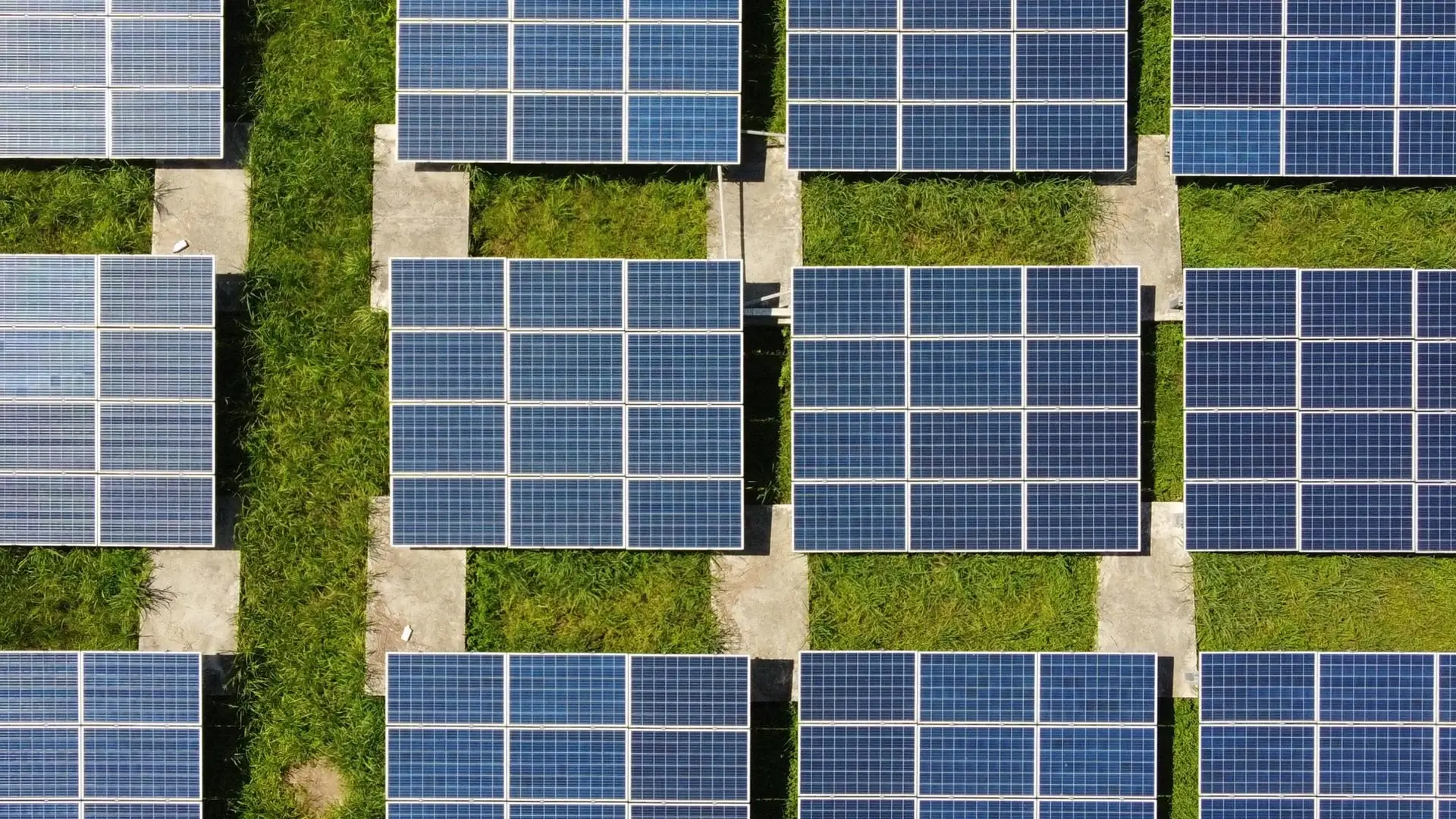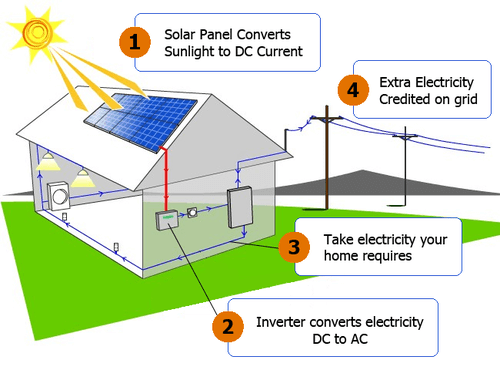Solar Cooker

About Solar Cooker
A solar cooker is a device which uses the energy of direct sunlight to heat, cook or pasteurize drink and other food materials. Many solar cookers currently in use are relatively inexpensive, low-tech devices, although some are as powerful or as expensive as traditional stoves, and advanced, large-scale solar cookers can cook for hundreds of people. Because they use no fuel and cost nothing to operate, many nonprofit organizations are promoting their use worldwide in order to help reduce fuel costs and air pollution, and to help slow down deforestation and desertification.
Working of Solar Cooker
⦿ Concentrating sunlight: A mirrored surface with high specular reflection is used to concentrate light from the sun into a small cooking area. Depending on the geometry of the surface, sunlight could be concentrated by several orders of magnitude producing temperatures high enough to melt salt and metal. For most household solar cooking applications, such high temperatures are not really required. Solar cooking products are typically designed to achieve temperatures of 65 °C (150 °F) (baking temperatures) to 400 °C (750 °F) (grilling/searing temperatures) on a sunny day.
⦿ Converting light energy to heat energy: Solar cookers concentrate sunlight onto a receiver such as a cooking pan. The interaction between the light energy and the receiver material converts light to heat and this is called conduction. This conversion is maximized by using materials that conduct and retain heat. Pots and pans used on solar cookers should be matte black in color to maximize the absorption.
⦿ Trapping heat energy: It is important to reduce convection by isolating the air inside the cooker from the air outside the cooker. Simply using a glass lid on your pot enhances light absorption from the top of the pan and provides a greenhouse effect that improves heat retention and minimizes convection loss. This “glazing” transmits incoming visible sunlight but is opaque to escape infrared thermal radiation. In resource-constrained settings, a high-temperature plastic bag can serve a similar function, trapping air inside and making it possible to reach temperatures on cold and windy days similar to those possible on hot days. Below is the basic science for solar panel cookers and solar box cookers. Another style of solar cooker is a parabolic solar cooker. They typically require more frequent reorientation to the sun, but will cook more quickly at higher temperatures, and can fry foods. Evacuated tube solar cookers use a highly insulated double-wall glass tube for the cooking chamber, and do not require large reflectors

